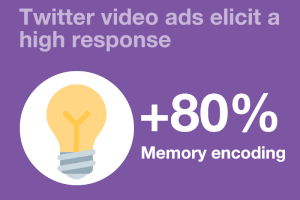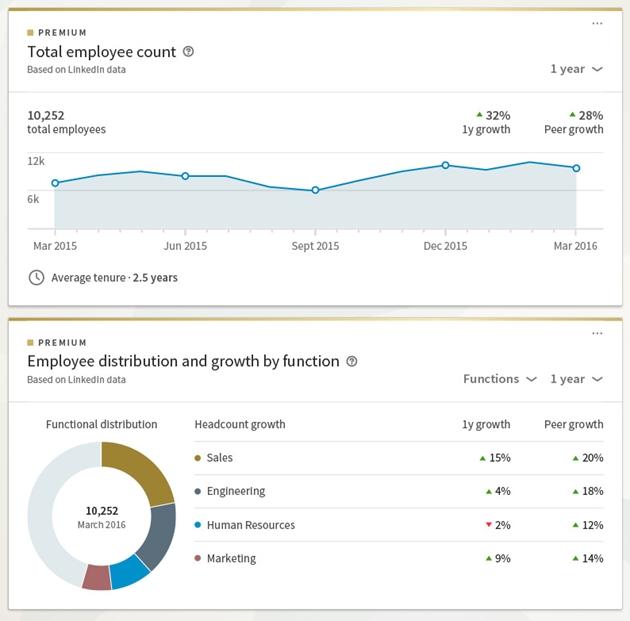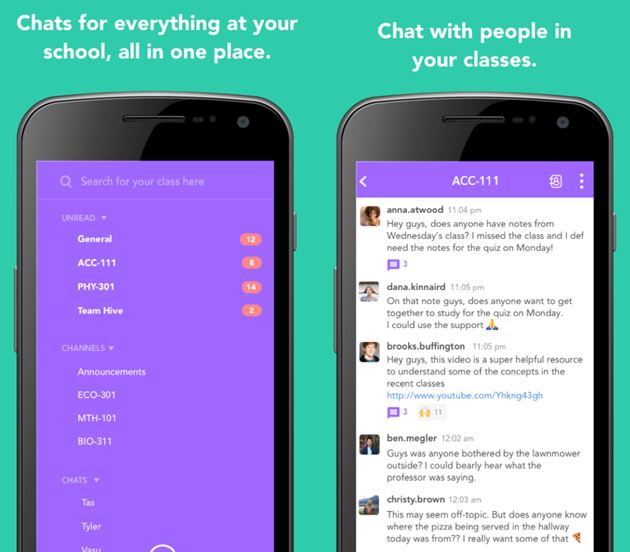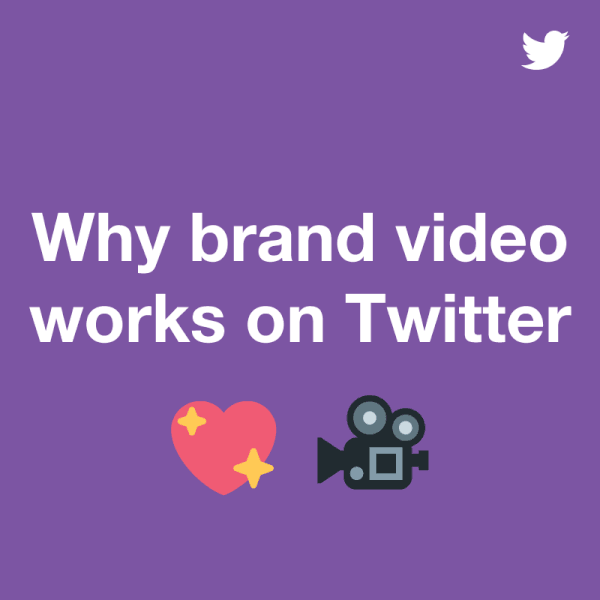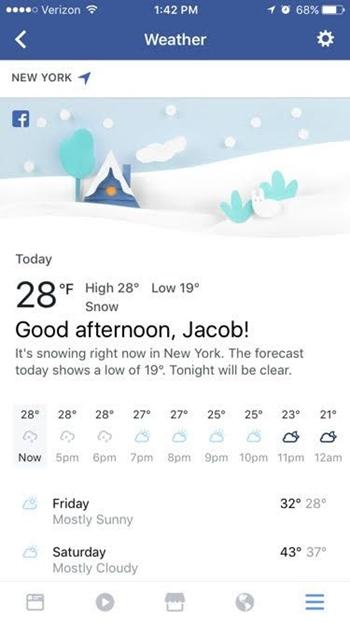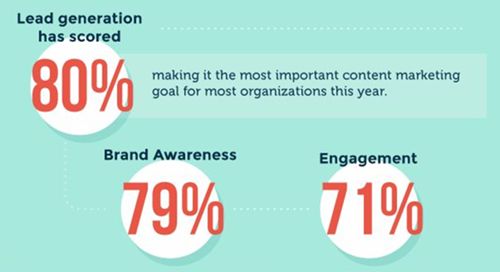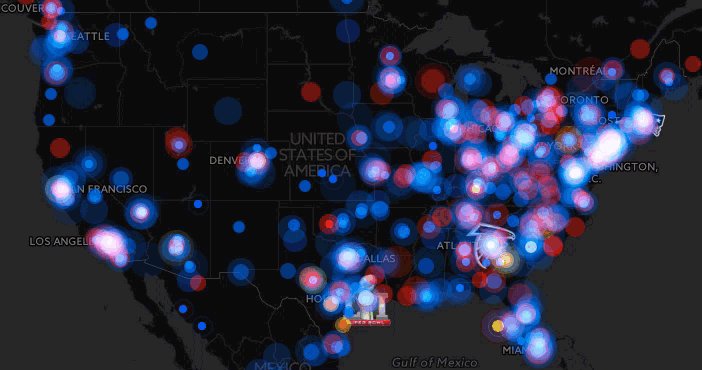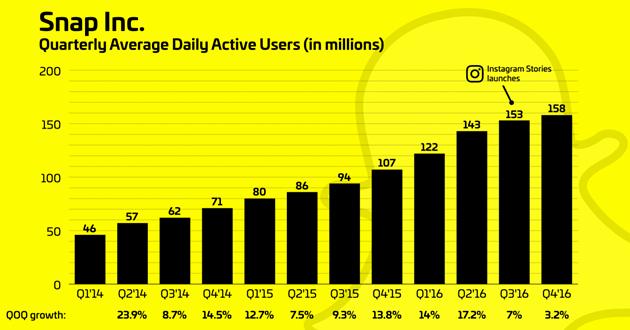
Image Credit: Shutterstock/SunKids
Consumers are becoming savvier at tuning out ads, and marketers are scrambling to find new ways to reach them. At the same time, people — especially teens and millennials — are becoming increasingly engaged with online influencers.
Some statistics illustrate where we’re headed:
- 32% of internet users will use an ad blocker in 2017 (eMarketer)
- 90% of consumers trust peer recommendations. Only 33% trust ads (Nielsen)
- 40% of millennials say that their favorite YouTuber understands them better than their friends (Google)
No wonder 75 percent of marketers are now using some form of influencer marketing. Influencer marketing represents a new pull method of advertising — by partnering with voices that consumers already trust, brands can pull people into their brand message through authentic storytelling and creative content development. Influencer marketing is a relatively new concept but is quickly becoming a de facto part of the digital marketing mix.
What are micro-influencers?
While influencer marketing is on the rise, activity has primarily centered around larger influencers, also referred to as “macro-influencers.” These influencers typically have millions of followers and include such names as Huda Kattan, Zach King, and PewDiePie. Working with macro-influencers like these comes with significant costs, both in dollars (up to hundreds of thousands of dollars for a single post) and potential PR headaches (point in case, PewDiePie’s recent anti-semitic videos forced Disney and YouTube to drop their sponsorships with him).
Fortunately, there’s a wide range when it comes to influencers, and that’s where micro-influencers come in. Although exact definitions vary, you could think of micro-influencers as digital influencers with a total audience size of between 1,000 and 100,000 followers.
Think these influencers are too small to make an impact? In fact, when it comes to engagement, smaller is actually better. Makerly recently published a study that showed influencers with smaller followings actually have higher engagement on their posts than their larger counterparts. In fact, micro-influencers with 10,000 to 100,000 followers are 4x more likely to get a comment on a post than are macro-influencers with 10 million followers.
Advantages of working with micro-influencers
Higher engagement
As noted above, micro-influencers tend to have greater engagement on each of their posts than macro-influencers. This means their engagement value per follower tends to be higher than for larger influencers.
According to Makerly’s study, influencers with 10 million followers have a like rate per post of 1.6 percent, while micro-influencers with 1,000 followers see a far higher like rate of 8.0 percent.
Topical specificity and authority
Micro-influencers are more likely to post about specific, even niche topics. Many are experts on their topic and have loyal followings of people who share their passion. When it comes to micro-influencers, you can find fly fishing bloggers, cosplay Instagrammers, and vegan cooking YouTubers.
If your brand fits a niche interest, these micro-influencers can be a huge asset in your marketing mix. Not only will they be more likely to be personally interested in your product, their audiences are more likely to be receptive to your brand, and the influencer’s recommendation is more likely to be seen as authoritative.
Less competitive
Macro-influencers are in huge demand — everyone knows who they are, and brands large and small are fighting to work with them. So not only is it hard to get their attention, but once you do, their prices are often sky-high (large influencers with 5 million followers can command fees of $100,000 per post). For many startups and smaller brands, macro-influencers often don’t make sense from a budget perspective.
Although many micro-influencers do receive a high volume of requests, they are easier to reach and often charge much more reasonable rates.
Personal relationships with followers
Micro-influencers are more likely to have real, personal relationships with a higher percentage of their followers, since many influencers start out with their friends as their initial follower base and grow from there. As influencers grow larger, they naturally tend to know fewer of their fans personally.
Micro-influencers will also have more time to interact with their followers, responding to more of their comments and fan emails than macro-influencers can. This contributes the micro-influencers’ more intimate relationship with each follower and potentially leads to greater engagement and value being placed on their recommendations.
Perceived as more authentic
Macro-influencers increasingly resemble commercialized media companies, with agents, press kits, and frequent, highly visible brand collaborations. Conversely, micro-influencers are more likely to be doing what they do purely out of the love of doing it. Some may not even approach their posting as a business at all. Their recommendations may consequently carry greater weight with their followers.
How to find micro-influencers
Use hashtags
Hashtags are a great way to find people by surfacing posts based on specific topics. Try more specific hashtags, like #frenchcooking or #cookingforone that match your niche, instead of more general ones, like #cooking. Social networks that most actively use hashtags include Instagram, Twitter, and Facebook.
Bloglovin’
Bloglovin‘ is a large community where bloggers share their latest posts. It’s a great way to find bloggers on virtually any topic. People are very active there, and the site is easy to search. Just follow bloggers who catch your eye and build a relationship from there.
BuzzSumo
BuzzSumo is a powerful marketing tool that gives you access to thousands of bloggers and social media influencers. You can pull together lists of influencers on virtually any topic and export them to a spreadsheet to conduct outreach. You can also search by post or content type to see which influencers have the top-performing content in terms of likes and shares, based on any keyword. BuzzSumo is great for finding micro-influencers since the platform covers even small influencers.
Your follower list
There are probably micro-influencers within your own social media followers right now. They are prequalified as interested in your brand, so you just need to search through your followers and identify people with larger followings who might make sense for a partnership.
Google
A good old-fashioned Google search is another great way to find micro-influencers. Depending on the niche, you can easily find lists or directories of blogs or influencers associated with your interest.
How to work with micro-influencers
Focus on relevancy
In a world with infinite choice, relevancy is king. Influencers are being approached with offers every day, so why should they choose to work with your brand? The more closely your brand or product aligns with their interests (and what they post about), the more likely they will be to want to work with you.
Think long-term
Think of your online niche as your digital neighborhood and influencers as your neighbors. Some may come and go and others you’ll see again and again. Rather than approaching influencer marketing with a transactional mindset, think about cultivating long-term relationships. Get to know the influencers you work with, and let them get to know you and your brand. Often the lasting, enduring relationships are not only more enjoyable and personally rewarding, they can have the largest impact on your business.
Follow and engage with micro-influencers
Prior to going in with a formal request, follow each influencer on social media, engage with their posts, and initiate conversation. This helps you better understand their personality and interests so you can determine their fit with your brand. It also helps you approach them with a more personal request, which is more likely to get a positive response.
Offer personal discount codes
Providing selected influencers with an official promo code that gives their followers a discount at your store helps cement that influencer’s role as an ambassador of your brand. Influencers will appreciate the association with your brand, as well as the chance to offer a perk to their readers. Discounts codes also can greatly increase the conversions you see from an influencer campaign, providing followers an additional incentive to buy.
Lead with what’s in it for the influencer
This is Sales 101, but when you do approach an influencer, make sure your message is tailored to their needs, not yours. Don’t make the very common mistake of crafting an outreach email that essentially describes your product and focuses on your key selling points. Influencers sift through dozens of requests per day and are far more likely to pay attention to an email that speaks to something they care about and offers something they need or want.






